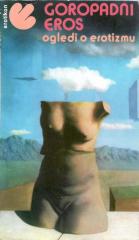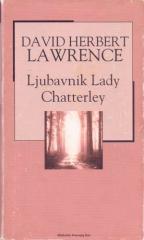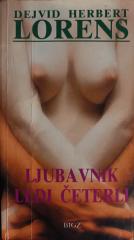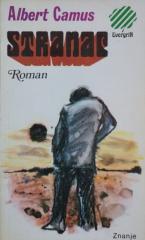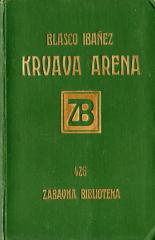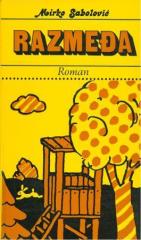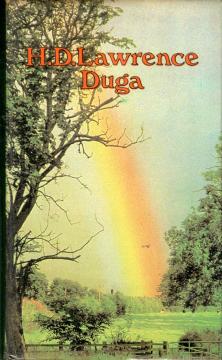
Duga
In rural England, where fields stretch out under heavy skies, D.H. Lawrence weaves the saga of the Brangwen family in The Rainbow (1915), exploring love, passion, and the conflict between spirit and body across three generations.
Set in the late 19th and early 20th centuries, the novel follows their struggle for emotional and spiritual freedom in a changing world. Tom Brangwen, a farmer firmly rooted in the land, falls in love with Lydia, a Polish widow whose mystery brings unrest to his simple life. Their passionate but turbulent relationship, riddled with misunderstandings, sets the tone for the novel: a love that is both liberating and destructive. Their daughter, Anna, inherits her mother’s independence. Her marriage to Will, Tom’s nephew, pulses with intensity—their love burns between physical desire and spiritual conflict, as they grapple with the boundaries of marriage and faith. Will’s obsession with religion clashes with Anna’s down-to-earth nature, creating a tension that nearly tears them apart.
In the third generation, their daughter Ursula becomes the center of the story. Young, rebellious, and yearning for freedom, Ursula rejects convention, searching for meaning beyond the patriarchal world. Her relationship with schoolteacher Winifred and later with soldier Anton Skrebensky tests the boundaries of love and sexuality. Ursula, however, refuses to submit, dreaming of a "rainbow" - a symbol of hope and a new beginning. Through her, Lawrence celebrates individuality and the longing for spiritual fulfillment.
The Rainbow is a poetic, sensual novel that explores the tension between instinct and civilization, love and freedom. Lawrence's rich language and deep insights into the human soul make the work a powerful meditation on life and its contradictions.
One copy is available
